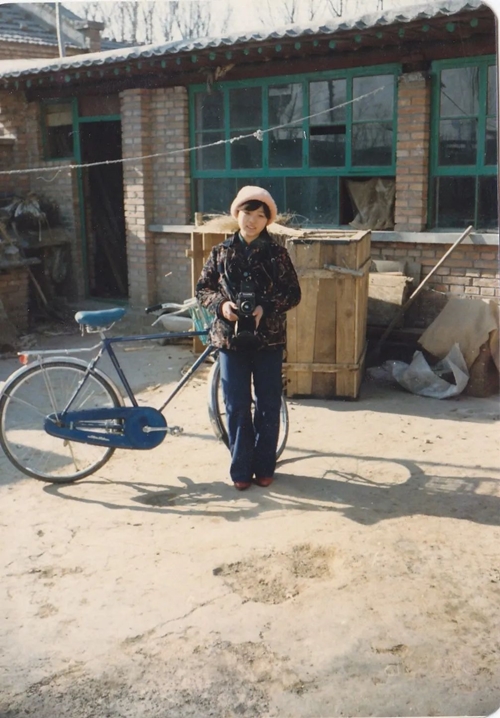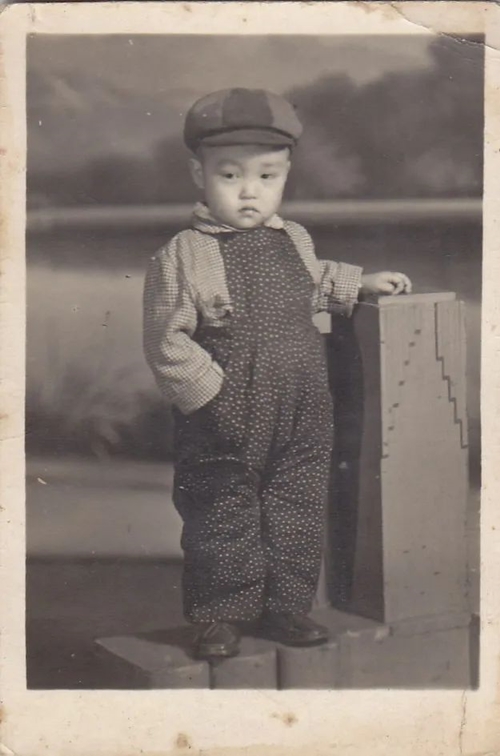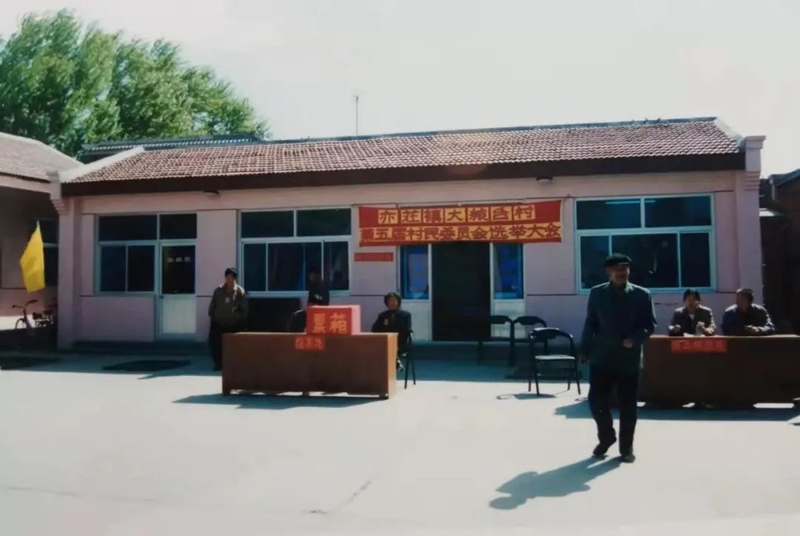Transformation of Da Liangtai
The weekend has arrived, and how do you plan to spend it? While shopping, strolling, and dining, let's also take a moment to learn about the history of Beijing E-Town.
Da Liangtai was a natural village originally under the jurisdiction of Yizhuang town in Daxing district. In 2002, it was requisitioned and demolished due to the development of Beijing E-Town. The villagers were relocated to the nearby Tianbao Jiayuan community.

In the 1980s, a girl posed for photos in front of her house with her newly purchased bicycle. [Photo/beijingetown.com.cn]
According to historical records, Liangtai was an important institution during the Qing Dynasty (1644-1911) and was responsible for military provisions. It was located on the east bank of Liangshui River in Nanhaizi.
The institution belonged to the army supplies department. Because there was another administrative building on the eastern side, they were respectively referred to as Da Liangtai (larger one) and Xiao Liangtai (smaller one).
After the Boxer Rebellion in 1900, they were disbanded and then abandoned along with the army supplies department.
In 1902, officials authorized the reclamation of land in Nanhaizi, which attracted imperial household officials, high-ranking eunuchs, nobles, and wealthy merchants to purchase land and establish private estates there.
The site of Liangtai and the surrounding land caught the attention of the prominent eunuch Li Sanshun, who acquired thousands of acres of fertile land on the east bank of Liangshui River.
Li built an extensive estate on the site of Da Liangtai, naming it "Junde Zhuang" (Estate of Virtuous Deeds). He also built "Junde Tang" (Hall of Virtuous Deeds) on the site of Xiao Liangtai.

A boy's photo from the 1950s [Photo/beijingetown.com.cn]
Those who were called to work as tenants at Junde Zhuang were mostly impoverished farmers from areas like Nanpi, Zhuozhou, and Qinghe in Hebei province, who settled here one after another.

Site of the Da Liangtai village committee [Photo/beijingetown.com.cn]
By the early 1940s, the Li family began to decline and sold their land and property to others. After liberation, these properties were confiscated by the People's Government and became the site of Da Liangtai Elementary School. After the elementary school moved out, it was used as the village committee office. It was not until the 1970s that these buildings were completely demolished.
Before the founding of the People's Republic of China, Da Liangtai village had a growing population and had become a large natural village. By the beginning of this century, it had grown to more than 300 households, with over one thousand residents.

